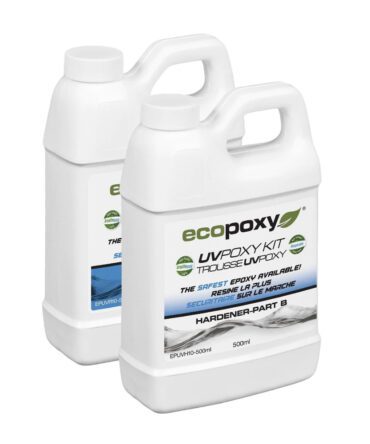GelCoat
Designed to Work with
Laminating Systems
Epoxy filler generally tends to be more effective in long term applications than typical Gelcoat products, and it’s often regarded as being a stronger and cheaper option than its counterpart. However, Gelcoat repairs can be color matched to get a customized look that will be flush with whatever service you’re applying it to. This is a steep advantage over Epoxy for some consumers, but it depends on the circumstance surrounding the job itself. For example, if you’re making a repair on a boat, you’ll be pleased to learn that Epoxy cures in a water-resistant state and bonds to most hulls much more effectively than resins and this results in a stronger and more reliable bond.

Once your Epoxy has been applied, you’ll need to wait for the curing process to run its course. Speeding up the process by unnatural means could result in a fault or insufficient bond that may or may not offer water resistant properties. Curing times vary wildly depending on what surface you apply it to, how large of a surface area you’re covering, and what kind of elements it may be exposed to. However, a safe estimate is somewhere between twelve to eighteen hours.
Gelcoat is often confused as being something else due to its name. However, Gelcoat is basically just a colored resin that has been polished or buffed into a sturdy finish that is glossy in nature. It’s most commonly known for its dependability regarding finishes on boat hulls, but there’s other uses for it as well. This is due to its water resistant and durable qualities. Once it has been applied, it will cure hard and feature a self-leveling phase. This comes in handy when applying GelCoat vertically!
GelCoat differs greatly from Topcoat because it tends to harden in a sticky manner, but Topcoat cures without any stickiness at all. Once it finishes curing, Topcoat is extremely rough and will need to be sanded down in order to apply another layer. However, once GelCoat cures, it can simply be allowed to dry and then more resin can be added to it for an additional layer. Also, unlike GelCoat, which is highly recommended for applications below the water line on boats, clearcoat is nowhere near as durable and its strongly cautioned against using on surfaces interacting with water.








